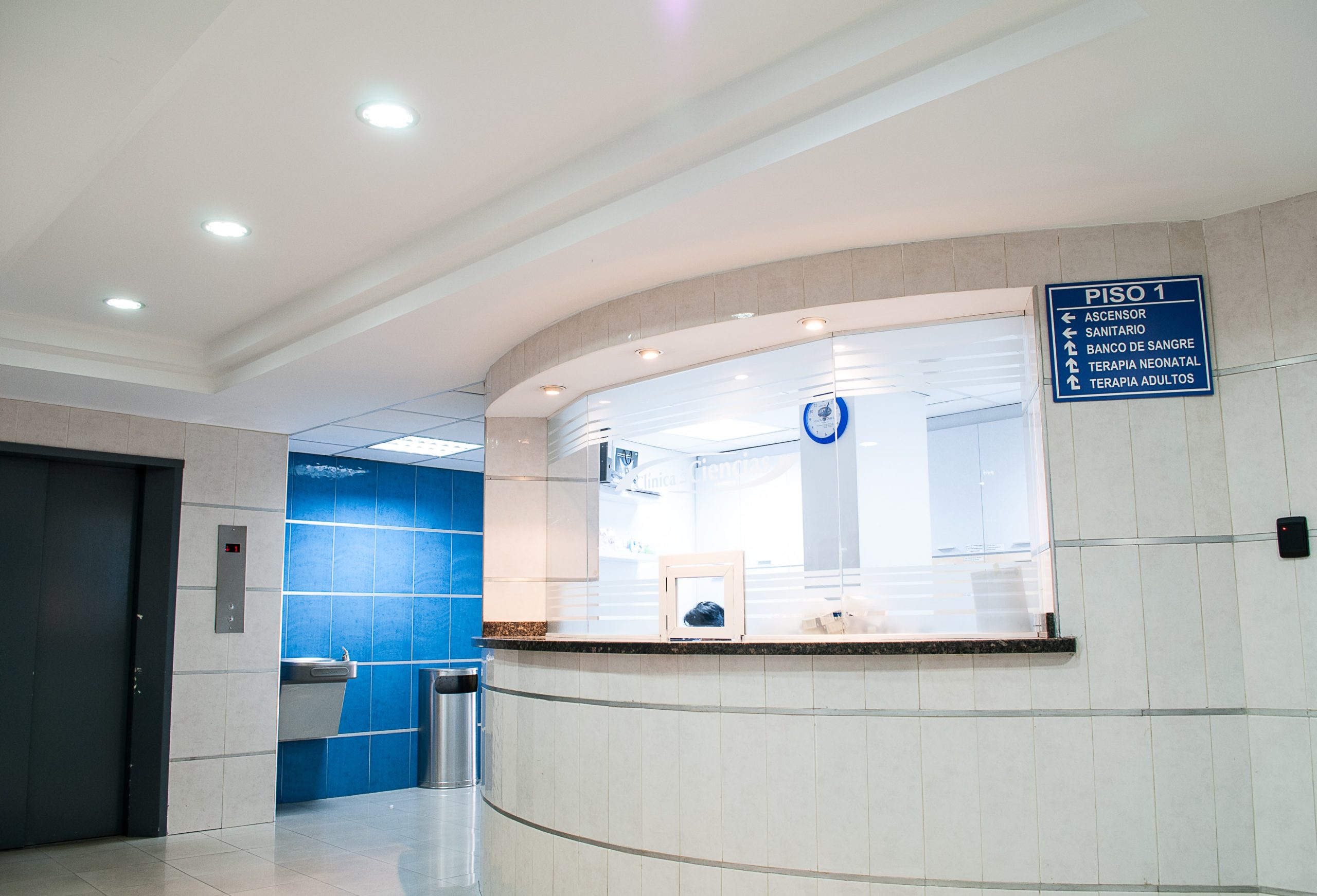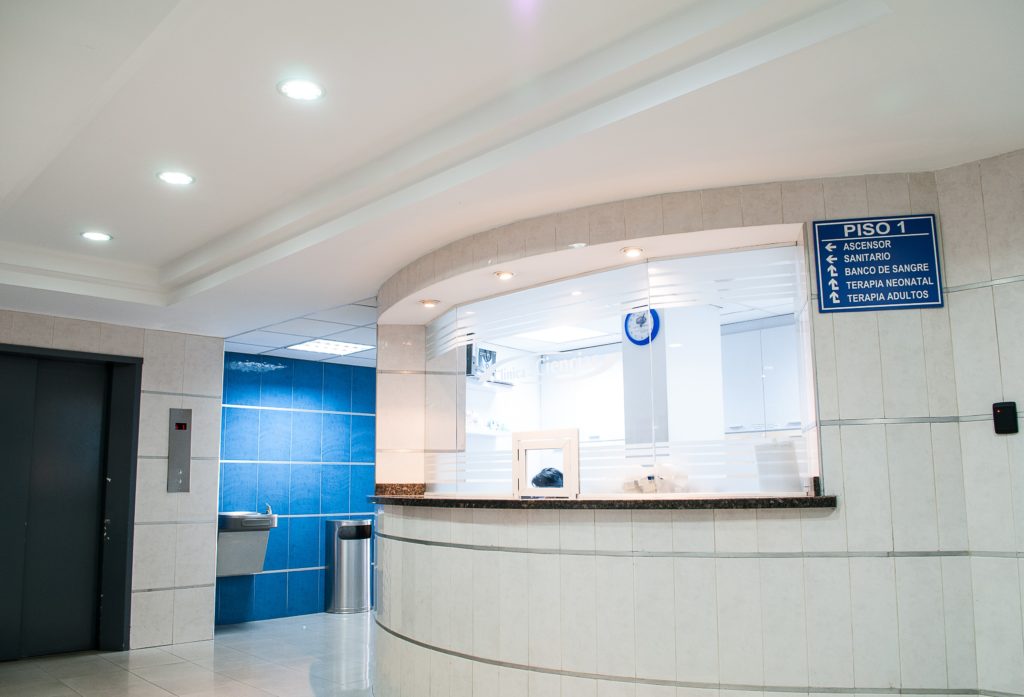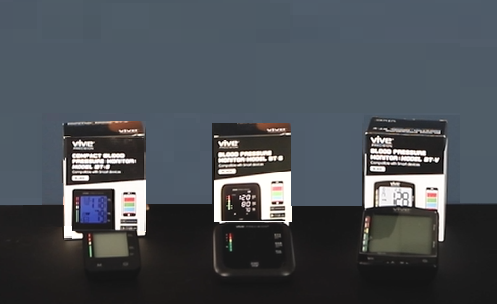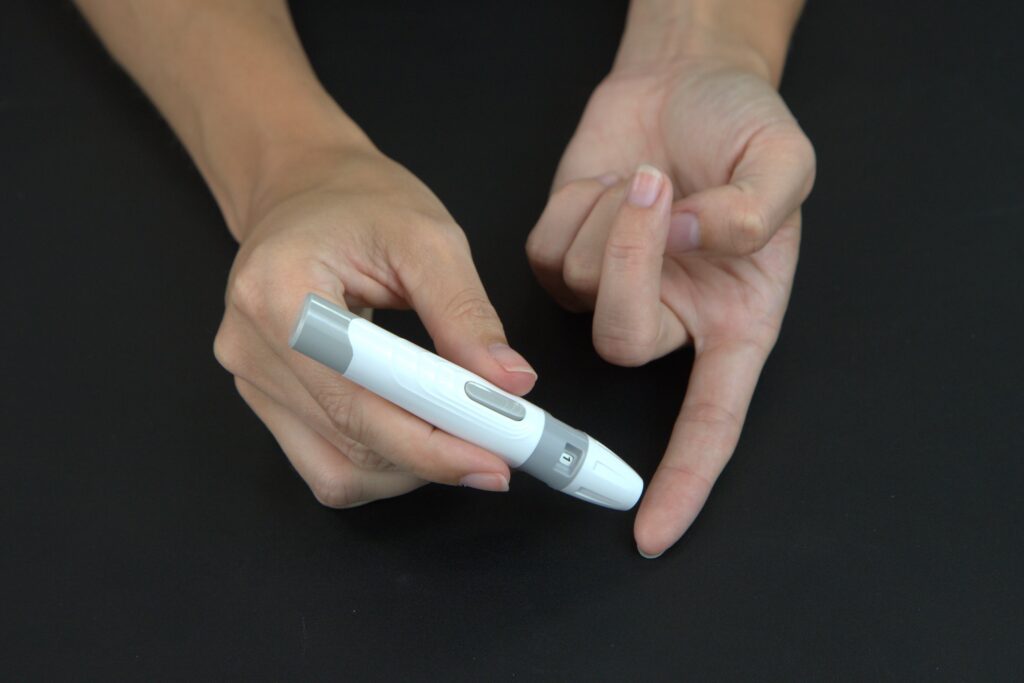How to Succeed in Value-Based Care with the Proper Digital Health Solutions?
Reducing readmissions has been a focus for providers as the healthcare industry has moved from Fee for Service to Value Based Care, since 2009. Whether you are part of an ACO or participate in the Hospital Readmission program, you have invested time, resources, and capital to reduce readmissions.
There have been several strategies over the last ten years to tackle readmissions, as our industry moves towards value, but we have also uncovered additional barriers, even prior to the pandemic. The biggest lesson is that strong discharge planning alone is not enough to continue to drive down readmission rates. As we continue to move towards value and deal with patients seeking care outside the four walls, we need to look to digital health solutions to prevent readmissions.

Remote Patient Monitoring is a digital health solution that is rapidly growing across providers across the country. Sadly, there is still a slow adoption rate due to the vendors not clearly sharing how RPM solutions directly impact readmissions. In this blog, Vive RPM will talk through six ways RPM solutions tackle readmissions:
1. Improved Transitional Care Management
Readmissions still are driven by providers implementing strong care management and patients’ understanding of post-discharge plans. These two factors are greatly challenged as patient care now hinges on the continuity of care across the post-acute continuum. With shifting reimbursement guidelines, patients are managed for 30-90 days, sometimes longer, and it becomes more difficult to ensure care management teams can still engage patients and that patients follow their discharge plans.
RPM solutions connect care coordination teams and discharge planning across the care continuum. Care coordinators can be updated on vital patient readings to see how patients are progressing and adhering to the discharge plan. Patients now can be reeducated and reassured on following discharge plans. Trinity Health’s 30-day readmissions dropped from 16% to roughly 8% and eventually to 6%, by supplying care coordinators and patients with an RPM solution.
2. SDoH and Health Equity Challenges
Home environments and the zip codes for those homes greatly impact the access to care for patients, thus affecting provider readmission rates. Discharge planning cannot account for a patient’s health literacy, self-efficacy, or loneliness.
Providers can use RPM products to mitigate these SDoH (social determinants of health) and Health equity challenges. RPM solutions allow for clinical outputs and direct communication with patients to ensure their holistic wellness is being taken care of. If health literacy is a challenge, reading and understanding discharge instructions will be difficult to follow. However, RPM solutions can send frequent, easy-to-read reminders to patients to follow their discharge instructions.
3. Removing Gaps in Access to Care
Patients are looking to receive care when and where they need it, regardless of distance. Providers have limited staff to cover the large footprint of their patient population.
Introducing remote patient monitoring will allow providers to continue to manage and see patients in between appointments or sites of care. Two-way RPM solutions will allow patients to request help, instead of waiting for their care team to reach out. Additionally, patients do not have to go to an ED for fear of not getting a physician’s appointment. Remote patient monitoring provides historical clinical data to allow providers to intervene and provide proactive care, while a patient is sitting at home. The VA reduced emergency room visits by 11% when RPM was used.
4. Better Patient Engagement
Self-care and self-management are goals for providers and patients equally. The combo of both allows for better patient engagement. Remote patient monitoring benefits patients by providing them with readily available, condition-specific, and easy-to-use tools to manage their condition, thereby empowering patients because they own their data.
RPM introduces another channel to push and reintroduce patient education. Now that a patient understands their condition, their unique care plan, they’re more likely to experience better health outcomes. Convenient access to health education materials further improves their engagement.
5. Identifying Rising Risk of Patients
More than 40% of all the adults in the US suffer from at least one chronic health issue, and almost a quarter (81 million) live with multiple chronic conditions. To ensure these numbers don’t continue to grow at huge rates, providers need to be able to identify patients that could develop a chronic illness.
RPM can help identify rising risks amongst patients. Daily tracking of clinical readings and virtually engaging with patients will allow providers to catch alerts before they manifest into bigger clinical challenges. Providers can also set up ranges and benchmarks for patients to catch when a patient is outside their normal ranges and realign them to their care program.
6. Clinical Transparency for Providers
Burnout is the top challenge facing providers currently. This is not just driven by the pandemic. Clinical teams were always asked to do more with less. Trying to follow patients after their hospitalizations have long been a very manual process. RPM solutions put hours back into a clinician’s day while giving them data and insights on their patients. Clinicians can now make more informed decisions for their patients, between sites of care.
By 2024, 30 million patients will be using remote patient monitoring solutions to address their symptoms and follow-up care. Have you started to evaluate an RPM vendor? Are you looking to trial an RPM solution before committing? Do you have a patient population in mind? Then you are ready to connect with Vive RPM and see how we build custom solutions to help reduce costs and improve patient outcomes.









